Prediction of future development trend of plantar pressure detection technology
1. Technology intelligence and precision improvement
AI-driven real-time analysis and feedback
Combined with artificial intelligence algorithms, future systems will realize real-time analysis of dynamic gait data, such as identifying abnormal gait patterns (such as inversion and varus, arch collapse) through machine learning, and generating correction suggestions in real time.
Smart insoles or wearable devices will integrate more sensors (such as six-axis gyroscopes), support high-frequency data acquisition (80-100 frames per second), and accurately capture multi-dimensional information such as plantar pressure distribution and center of gravity offset.
Dynamic monitoring and personalized modeling
The focus of technology has shifted from static detection to dynamic scene coverage, such as analyzing foot forces in complex movements such as running, jumping, and going up and down hills, providing more comprehensive biomechanical data for sports training and rehabilitation.
Generate 3D models based on individual foot characteristics (such as arch height and pressure distribution) to promote the precision of customized insoles and orthotic solutions.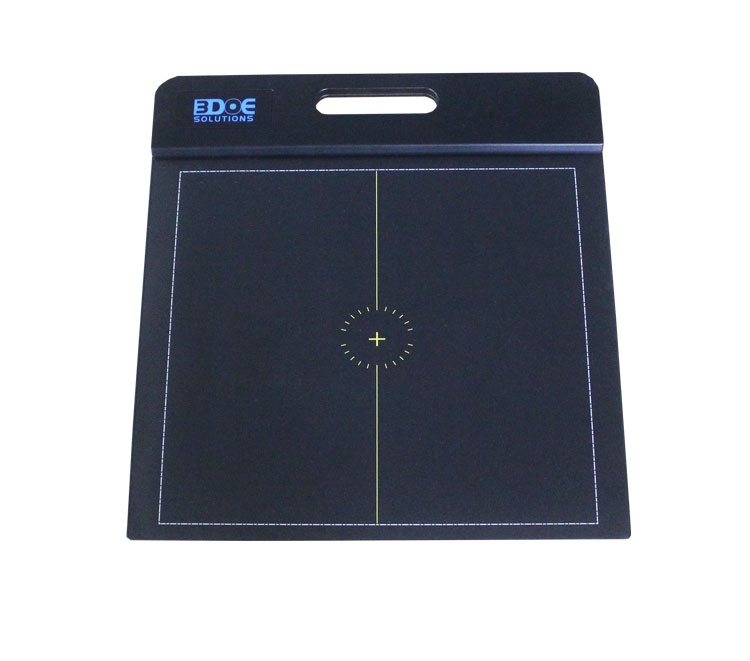
2. Diversification and popularization of application scenarios
Health management for children and the elderly
For children's foot development problems (such as flat feet and arch collapse), dynamic detection technology will combine growth data to predict risks and intervene early to avoid bone deformities.
Fall risk warning for the elderly: By long-term monitoring of gait stability changes, abnormal step frequency or unstable center of gravity can be identified, and smart devices can be linked to provide real-time reminders.
Expansion of sports science and public health
Athlete training optimization: Through the analysis of the correlation between pressure distribution and sports performance, personalized training plans are formulated to reduce injuries and improve explosive power.
Smart footwear products: Pressure sensing technology is embedded in daily shoes, and consumers can view foot health reports through mobile phone APPs to achieve "wearing shoes is detection".
Plantar pressure distribution system
3. Lightweight and standardized development of equipment
Popularization of low-cost portable devices
Develop economical pressure sensing insoles or simple detection platforms to lower the threshold of medical-grade equipment and promote daily monitoring in home and community scenarios.
Modular design: The equipment can be disassembled to adapt to a variety of shoe types to meet the needs of different scenarios (such as sports shoes, formal shoes).
Global certification and data standardization
Promote the unification of technical standards of international certification systems (such as TGA, CUTR) to ensure the comparability and clinical recognition of test data.
Establish a cross-regional foot health database to reveal the epidemiological laws of foot problems in the population through big data analysis.
IV. Multidisciplinary integration and preventive medicine integration
Deep integration of chronic disease management
Prevention of diabetic foot: Through long-term monitoring of high-pressure area changes, combined with blood sugar data to predict ulcer risk, and achieve "detection-warning-intervention" closed-loop management.
Linkage between orthopedics and rehabilitation medicine: Incorporate plantar pressure data into the comprehensive treatment plan for scoliosis and knee degenerative lesions.
Collaborative innovation between scientific research and industry
Combination of biomechanical research and material science: Develop new shock-absorbing materials and optimize the sole structure to match different pressure distribution requirements.
Health insurance application: Design differentiated insurance products based on foot health data to encourage users to actively participate in foot health management.
In the future, plantar pressure detection technology will develop in the direction of intelligence, dynamism, and inclusiveness.
The core breakthroughs include AI real-time analysis, multi-scenario application expansion, equipment lightweighting, and interdisciplinary collaboration.
Through technology upgrades and standardization construction, this field is expected to penetrate from professional medical care to the public health field and become an important tool for preventive medicine and personalized health management.

 +86-0755-86131192
+86-0755-86131192 2025-03-21
2025-03-21 Back to list
Back to list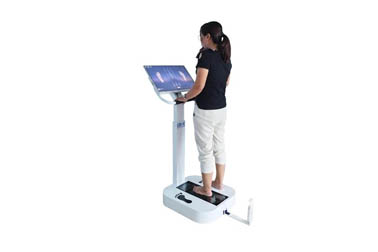
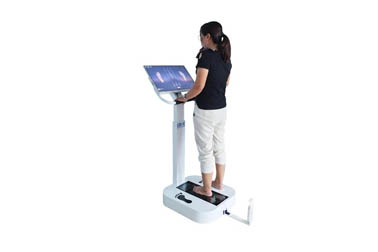
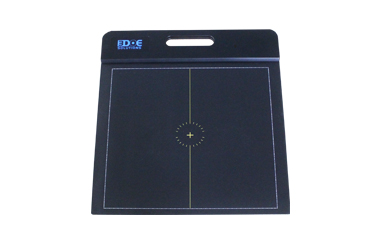
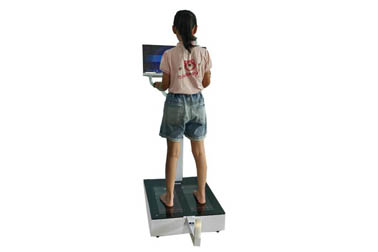
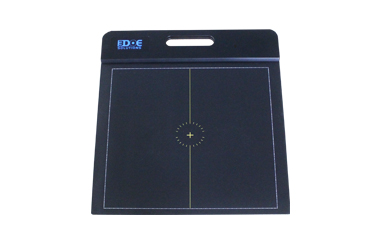
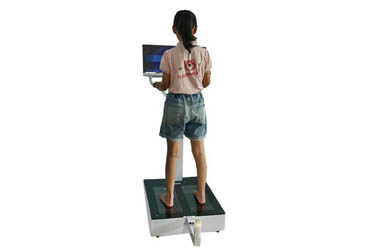



 +86-0755-86131192
+86-0755-86131192